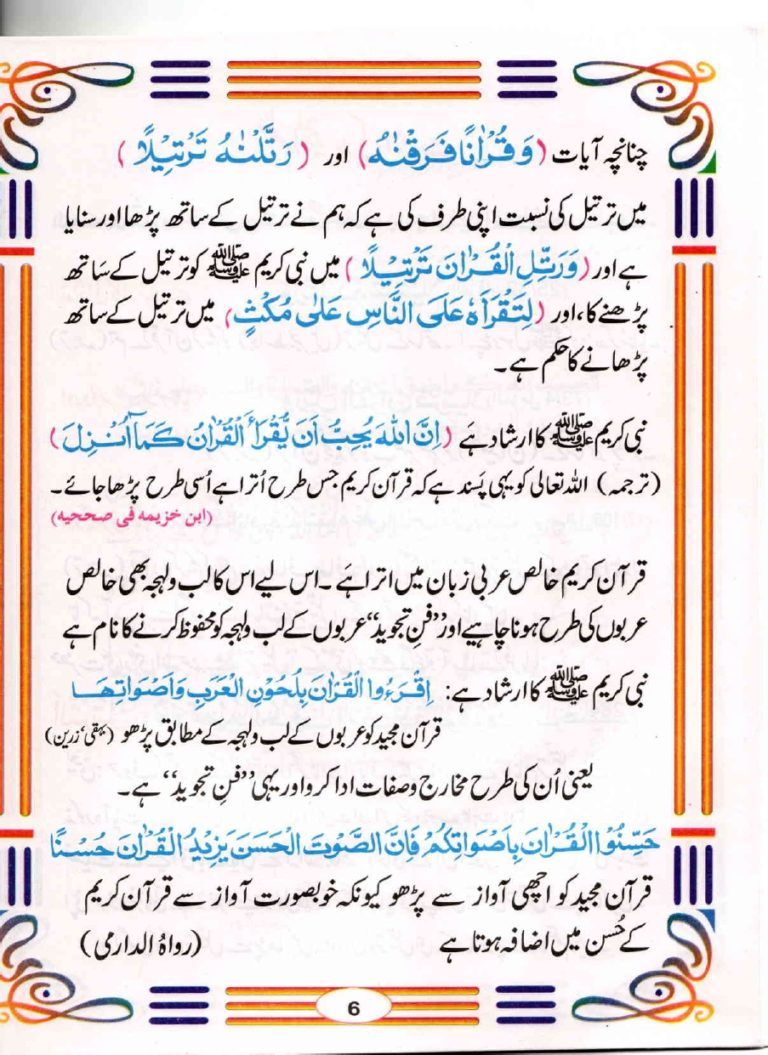

Therefore, it is recommended to learn Tajweed and Quran from a qualified teacher who can guide and correct the student’s pronunciation to avoid any errors in recitation. It is worth noting that Tajweed is a precise and detailed science, and the correct pronunciation of each letter is crucial to understanding and reciting the Quran accurately as it was revealed to prophet Muhammad (PBUH). It is essential to place the tongue in the correct position to ensure the proper pronunciation of the letter “Raa” and to avoid any mistakes in Quranic recitation. When pronouncing the “Raa” sound in Quran, the tongue should be pressed firmly against the alveolar ridge while the air is expelled from the mouth, causing a vibration that produces the “Raa” sound. This area is called the alveolar ridge, which is a bony ridge that runs along the upper jawbone, just behind the upper front teeth. It can accurately be pronounced where the front teeth meet the gums. The Letter Raa is pronounced in the Tajweed of the Quran by vibrating the tip of the tongue against the upper gums of the front teeth.

How do we pronounce the letter Raa in Quran?

The Qur’an was revealed with Tajweed rules applied to it. We give the letters their rights by observing the essential characteristics of each letter that never leave it.Īnd we give them their dues by observing the characteristics of each letter that are present in them some of the time and not present at other times.

When applied to the Qur’an, it means giving every letter of the Qur’an its rights and dues of characteristics when we recite the Qur’an and observing the rules that apply to those letters in different situations. The word Tajweed linguistically means ‘proficiency’ or ‘doing something well’.


 0 kommentar(er)
0 kommentar(er)
